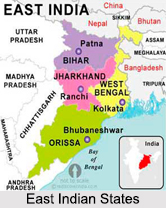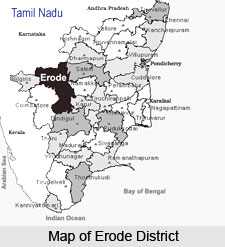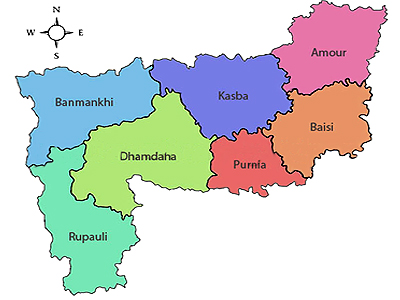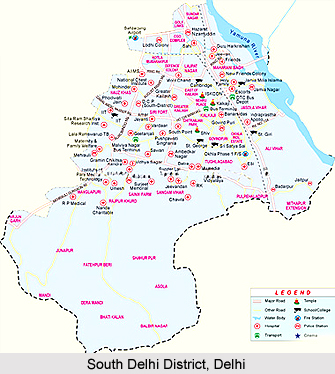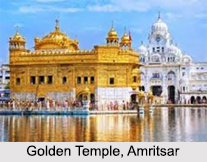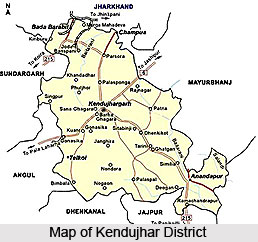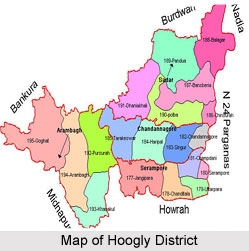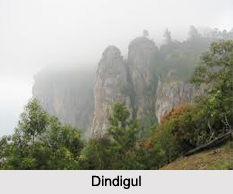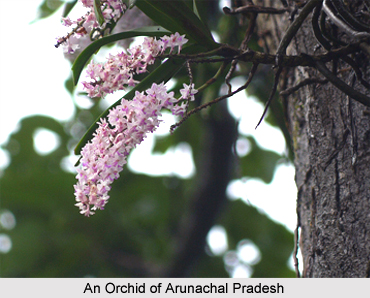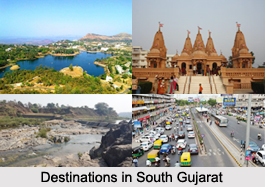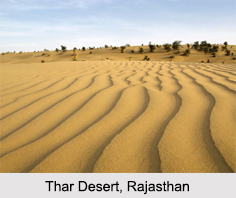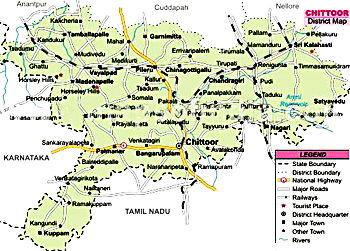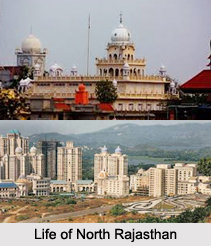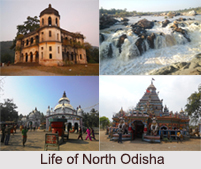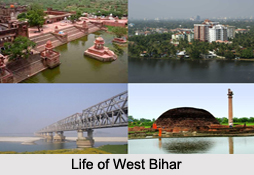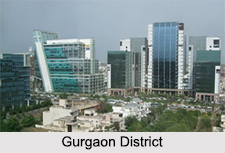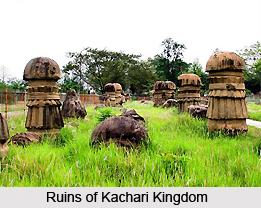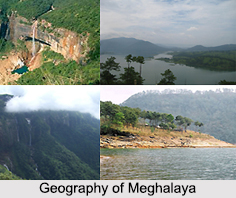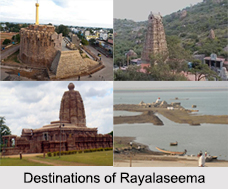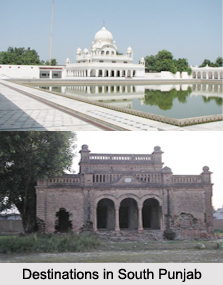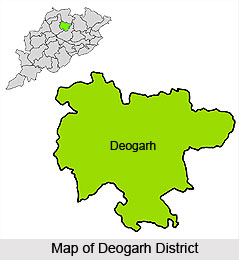 Deogarh District is ideally located at the western region of Orissa and is at the east of the Sambalpur town. Deogarh District was newly created on 1st of January, 1994 being bifurcated from Sambalpur District. It is a backward district domicile by Scheduled Tribe population. As it is a district with no industries the people solely depends upon agriculture. Deogarh District comprises one municipality, one Tehsil and three development blocks consisting of 774 villages. Total area occupied by Deogarh District is 2781.66 sq km.
Deogarh District is ideally located at the western region of Orissa and is at the east of the Sambalpur town. Deogarh District was newly created on 1st of January, 1994 being bifurcated from Sambalpur District. It is a backward district domicile by Scheduled Tribe population. As it is a district with no industries the people solely depends upon agriculture. Deogarh District comprises one municipality, one Tehsil and three development blocks consisting of 774 villages. Total area occupied by Deogarh District is 2781.66 sq km.
Location of Deogarh District
Deogarh District is situated in the western region of the state having its headquarters located at Deogarh. Deogarh Town is 90 kms to the east of Sambalpur town. National Highway No.6 passes through the district and the district acts as the main artery of inter-regional trade and other links. Deogarh District is located ideally between 21 degree 31 minutes 53 seconds north latitude and 84 degree 43 minutes 2 seconds east longitude.
History of Deogarh District
The history of Deogarh District is also pretty engaging. Bamara - the bastion of creative artists dates back to the 5th century A.D, when the Maratha Royal family was at the helm of administration. Originally the present district of Deogarh was identified with the region of Bamara. But the history of Deogarh came to be recorded with the advent of the Ganga rulers as the supreme authority following the Marathas. The Gangas established their capital city in Deogarh and right from that time Deogarh came to be known with separate identity in the political scenario of Orissa. As the historical records of Deogarh relate, during the reign of Basudev Sudhal Dev, the most enlightened ruler of the Ganga clan. Deogarh achieved a thriving prosperity. The Gangas, very much sophisticated stimulated an all round growth and prosperity in Deogarh. As far as the history of Deogarh is concerned, during the reign of Raja Basudev Sudhal Dev, a new horizon was innovated in the field of the communication with the establishment of the Jagannath Ballav Press in 1886 and publication of a weekly magazine the `Sambalpur Hitaishini` in 1889. Moreover, the raja, in order to induce a strong foundation of administration wanted to strengthen the law and order of the state.
The history of Deogarh says that, the king efficient enough established the police station, jail and post offices, which ensure law and order of the kingdom along with the increased opportunity of communication. Moreover the Ganga ruler encouraged the technical know-how to elevate the standard of agricultural economy of Deogarh, which was the very base of the state`s economy at that time. With the direct intervention of the king dispensaries were established and the irrigation system was also introduced. The telephone line introduced by him in 1900 was considered as the longest one in India at that time. The postal stamp and the paper currency promulgated by the Ganga kings are itself the important source of the history of Deogarh. Following Raja Basudev Sudhal Dev, his son Raja Sachidananda Tribhuban Dev consecrated the throne with the solemn aim to carry out the welfare and the improvement programmes started by his father. 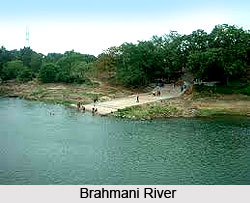 The history of Deogarh during the reign of Raja Sachidananda Tribhuban Dev is marked with outstanding developmental activities with the introduction of the hydroelectric system in Kodarkot waterfall. However on 1st of January, 1948, the estate of Bamara, of which Deogarh is a part, is annexed with the district of Sambalpur.
The history of Deogarh during the reign of Raja Sachidananda Tribhuban Dev is marked with outstanding developmental activities with the introduction of the hydroelectric system in Kodarkot waterfall. However on 1st of January, 1948, the estate of Bamara, of which Deogarh is a part, is annexed with the district of Sambalpur.
Geography of Deogarh District
This District is entirely of hilly tract. The hill system of Deogarh has been categorised mainly under four ranges such as the Khajuria Range on the north having a maximum height of 745 metres, the Pradhanpat and Kaidanta range having maximum height of 743 metres and 816 metres on the north, the Pawri Range on the eastern side of the Brahmani River which is around 678 metres in height and lastly Ushakothi range is having elevation that is ranging from 610 metres to 762 metres from the mean Sea levels. Deogarh District mainly has sandy soils and Red Soil.
Demography of Deogarh District
As per 2001 Census, total population of Deogarh District is 2,74,095 out of which male population is 1,38,425 and female population is 1,35,670. The population density per sq km in Deogarh is just around 145 while that of Orissa as a whole is 236. Thus Deogarh can be said to be a district where the population is relatively sparse in comparison to other districts of Orissa. Deogarh shares this feature with most other western and northern Orissa districts. According to 2001 Census, literacy rate of the district is 60.78 percent, of which male literacy rate is 73.79 percent and female literacy rate is 47.56 percent.
The clasping hilly ranges, the effervescence of the red soil laces Deogarh District. The nearest airports for visiting places of interest in Deogarh District are at Bhubaneswar and Raipur.
